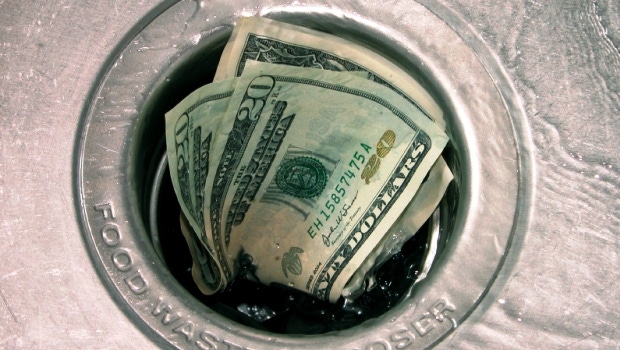Any financial enterprise runs on two vital mechanisms: the money that goes in and the money that goes out. When it comes to gauging the success of their business, a lot of self-storage operators fixate on the cash-in side of the equation and accept all the outlays as simply the cost of doing business. But expenses may be more negotiable and controllable than you think. Here are some tools that will help you evaluate and mitigate your spending.
November 15, 2013

There are infinite circumstances in this world that will separate a person from his money, but there are few so deft at it as a vacation. Not everyone has a talent for managing cash, but even those of us who are accustomed to pinching pennies can lose our grip when we go on holiday. Such was the case with me last week as I enjoyed several days in New Orleans with family and friends.
My husband and I scrimped for months to cover trip expenses and save enough to enjoy the excursion in reasonable comfort. We even built in a cushion for any unexpected expenditures that might pop up. Still, we managed to drain our coffers and accrue some credit card debt besides. It was like a runaway money train. If we hadn't enjoyed ourselves so much, it would make me sick(er).
Any financial enterprisea business, a household, a tripruns on two vital mechanisms: the money that goes in and the money that goes out. Take self-storage: Your facility generates income from rent, fees and any other add-on profit centers it employs such as retail sales, truck rentals and tenant insurance. In the other column, it supports a whole host of expenses ranging from payroll to property taxes to utilities and many others.
If you're accumulating more money than you spend, you're "in the black." Life is a shade of good, depending on whether you're talking ebony or just grey. If your outlay is more than your income, you're "in the red." I'm sure it's no coincidence that red is the color of a very popular New Orleans cocktail called a "Hurricane." In the end, red means you're broke, one way or the other.
When it comes to gauging the success of their business, a lot of self-storage operators fixate on the cash-in side of the equation and accept all those myriad outlays as simply the cost of doing business. After all, many of those overheads are non-negotiable; you have to pay your staff and buy electricity, for example. Marketing is a must, and it's an investment. Maybe you outsource services like pest control, landscaping and snow removal. Each comes at a price.
But expenses may be more negotiable and controllable than you think. First, you need to understand what they all are. Some are hidden; others you might disregard because you believe them to be too insignificant to have any impact. For example, during our New Orleans trip, we frequently tossed a dollar or two into the basket of some street performer. At first, I failed to tally these tips; but over several days, they sure added up.
At your storage facility, you may initially disregard purchases like pens and Post-It notes, stamps, and small donations to local charities. At the end of the month, quarter or year, however, these "small" costs can take a big bite out of your bottom line. For greater understanding of your expenses and how to mitigate them, read some of these free resources on the ISS website:
Next, you need a benchmark for how much things should cost. For example, what are you paying for various services such as payment processing, insurance and software support? When's the last time you or your owner challenged your property-tax bill? Are you paying too much on office supplies? What about your security monitoring or facility maintenance?
To help operators gauge their costs, the Self Storage Industry Group at Cushman & Wakefield has released the Self-Storage Expense Report 2013, which provides a sample of real costs per square foot for fixed and variable operating expenses and presents the data nationally as well as by region and subdivision. The sample includes data from 539 self-storage facilities, analyzed using nine key expense categories: taxes, insurance, repairs and maintenance, administration, onsite management, offsite management, utilities, advertising, and miscellaneous. Available exclusively through the Inside Self-Storage Store, this is a tool that will help you evaluate your expenses in relation to other operations in your area.
They say a fool and his money are soon parted. I say it doesn't take a fool. We live in an expensive time. It requires vigilance, persistence and consistency to keep down costs. As a business operator, it falls to you to continually survey your expenditures, get bids from vendors, and renegotiate contracts when necessary. Identifying and evaluating your costs will help you keep them in check. (It will also help if you stay off Bourbon Street.)
What's the biggest expense category at your self-storage facility? How often do you assess and adjust your costs? Please share your money-saving tips with other readers here!
About the Author(s)
You May Also Like





